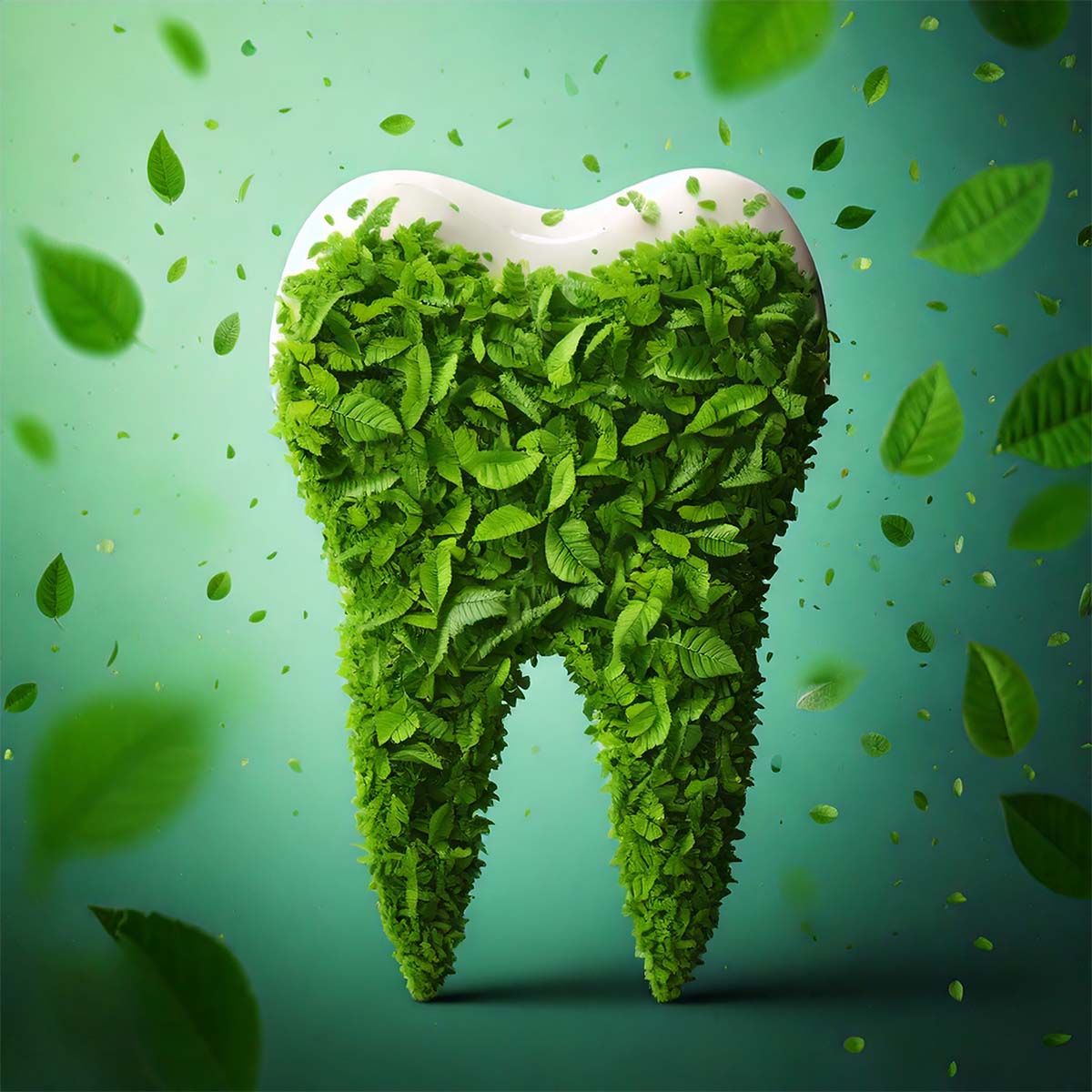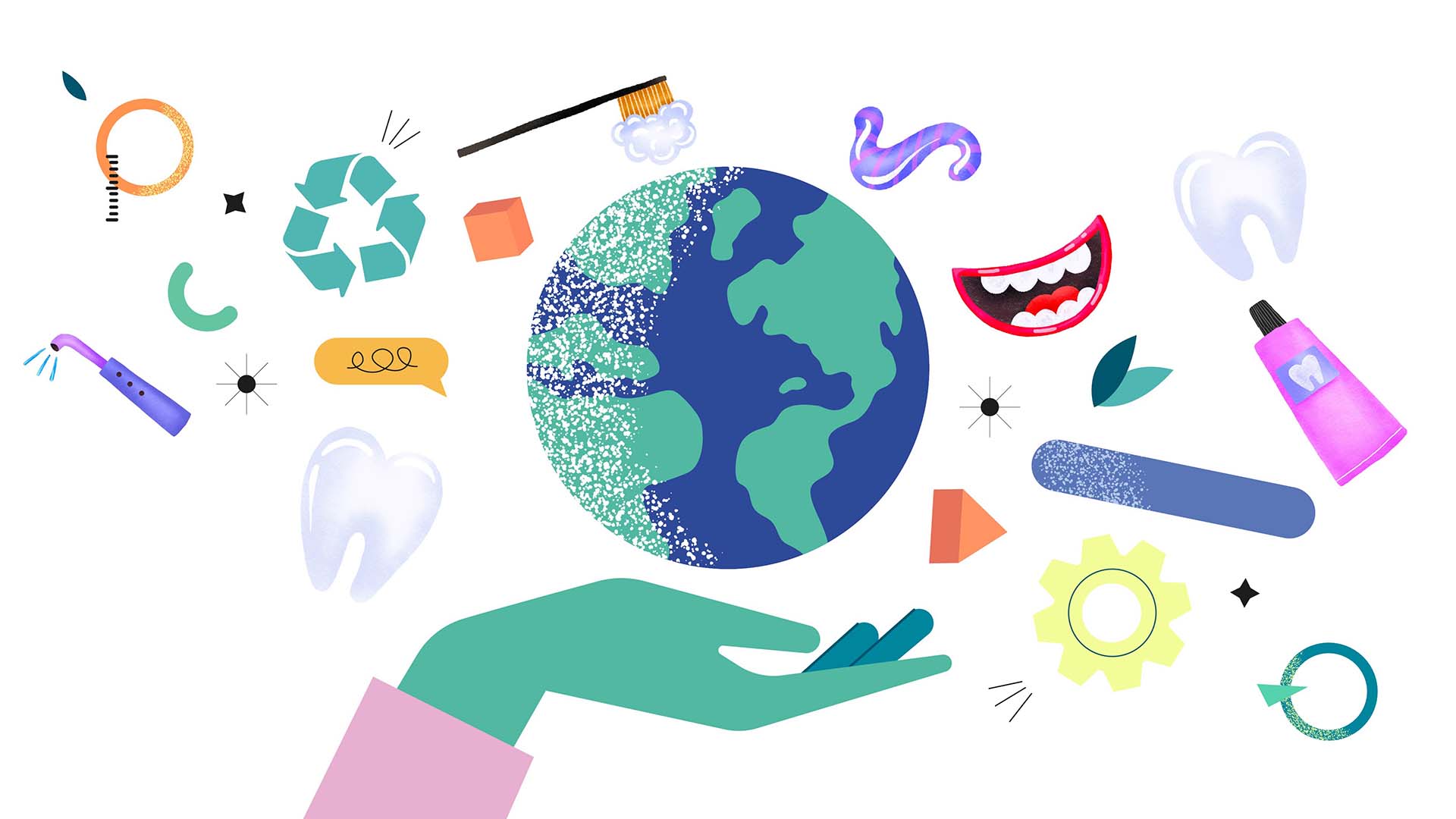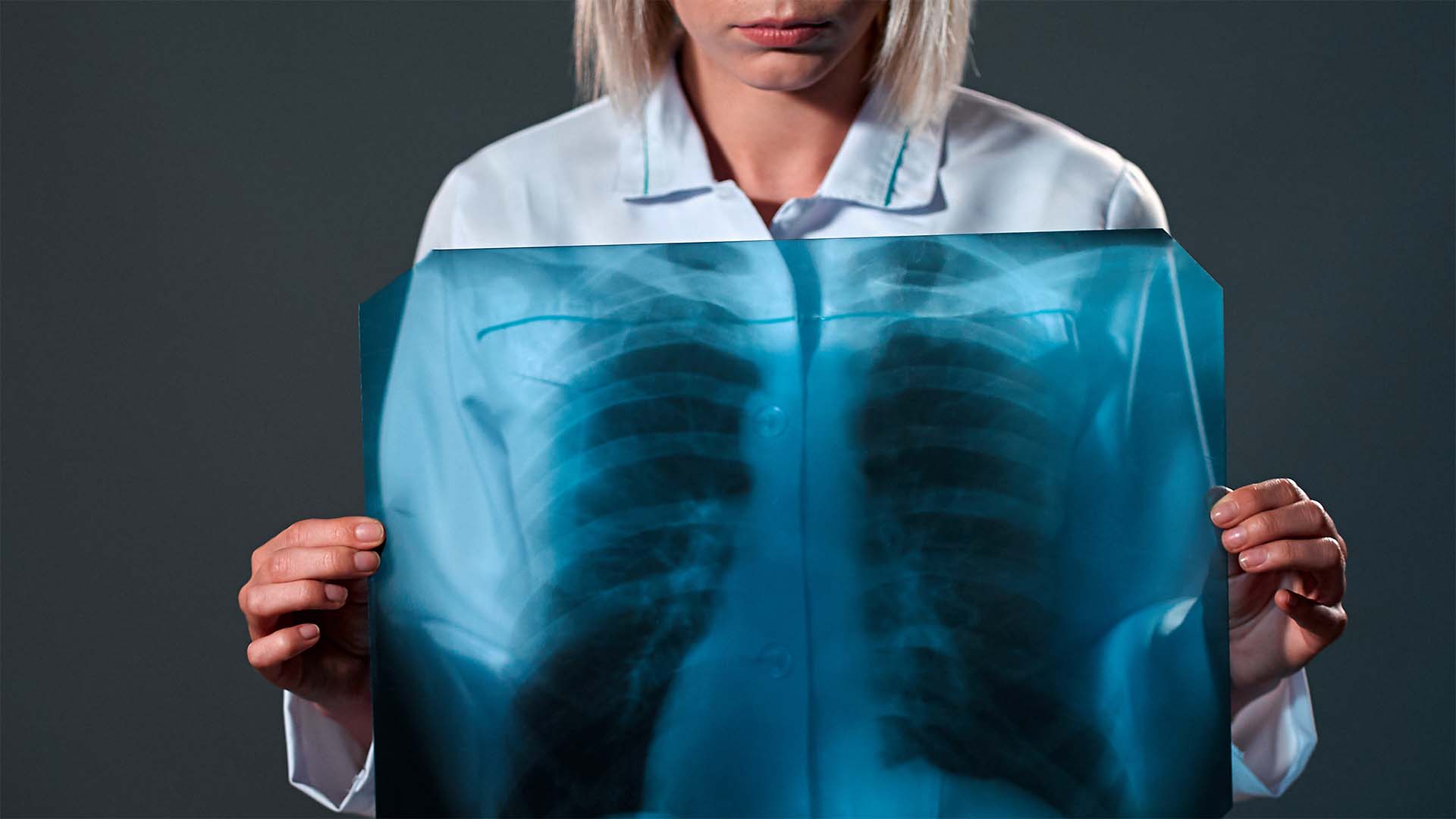When you brush your teeth, you may not realise the true environmental impact of this seemingly simple gesture. From your toothbrush to the dental floss you use every day, every decision has environmental consequences. Dentistry, from home routines to clinic procedures, produces tonnes of waste, much of it harmful to the planet. Fortunately, there are concrete ways to take care of your oral health without compromising the environment – and you can save money along the way.
The Hidden Impact of Your Toothbrush
Every year, millions of plastic toothbrushes end up in landfills and oceans. A disturbing fact is that practically every toothbrush produced since its creation in the 1930s still exists on the planet in some form. A sustainable and increasingly affordable alternative is the fully biodegradable bamboo toothbrush, which drastically reduces environmental impact. When choosing an eco-friendly brush, make sure it is made from certified sustainable materials (such as FSC), and that the packaging is also compostable or recyclable.
Toothpastes: Not All Are Equal
Conventional toothpastes often contain microplastics, artificial colours and aggressive chemicals that are harmful to aquatic ecosystems. Choosing a natural toothpaste, without plastic microbeads and preferably with recyclable or reusable packaging, is an essential step in your ecological journey. Pastes in aluminium tubes or glass bottles are particularly recommended.
The Invisible Problem of Dental Floss
Few people realise it, but conventional dental floss takes decades to decompose, contributing significantly to plastic pollution. The solution is to opt for biodegradable alternatives, such as floss made from natural silk or vegetable fibres, and preferably with refillable dispensers that avoid additional waste.
Sustainability in Dental Clinics: Necessary Change
It’s not just home routines that have an impact on the environment; dental practices play a significant role in waste production. Numerous disposable products are used at each appointment – gloves, masks, plastic cups, x-ray films, among others. Fortunately, many clinics in Portugal are starting to implement effective measures to minimise their ecological impact.
One significant advance is the replacement of conventional radiographs with digital ones, reducing the use of developing chemicals and highly polluting lead films. Another common practice is the rigorous management of hazardous waste, such as dental amalgam, avoiding environmental contamination with mercury.
Many clinics are also investing in more efficient water and energy systems, using taps with sensors, LED lighting and equipment with low energy consumption. In addition, they are increasingly adopting the use of digital records, minimising paper waste.
Dental Materials: The Impact of Your Choices
Sustainability in dentistry also involves the materials used in treatments. Traditional dental amalgam contains mercury, a heavy metal with a worrying environmental impact. Currently, materials such as composite resins and ceramics are progressively replacing amalgam due to their lower toxicity and better environmental performance.
The use of 3D digital impressions in dental treatments has also revolutionised the sector, drastically reducing the waste of materials and chemicals traditionally used for physical moulds. This digital method is not only more sustainable, but also increases the precision of treatments.
Orthodontics and the Environmental Issue
The popular orthodontic treatment with clear aligners has brought aesthetic and practical advantages, but also a huge amount of disposable plastic. Fortunately, more and more recyclable or reusable alternatives are appearing, including aligners made from recycled materials or bioplastics. Recycling programmes for used aligners are starting to become a practical reality in several countries.
Sustainability and Durability: An Essential Combination
An often overlooked approach is to invest in durable treatments and materials, which reduce the need for frequent interventions. Resistant materials, such as high-quality ceramics, prevent premature replacements, reducing the environmental impact accumulated over time and cutting costs for the patient.

Fewer journeys, fewer emissions
Another crucial point of sustainability in dentistry is the environmental impact associated with travelling by patients and professionals. Each trip to the dentist represents a significant emission of CO2, especially if made by car.
Tele-consultations have become an excellent alternative for reducing unnecessary travelling. Quick consultations to clarify doubts, or check-ups after simple treatments, can often be carried out efficiently online, saving time and polluting emissions.
Small Daily Gestures, Big Results
Small changes in the daily routine make a big difference. Simple gestures, such as turning off the tap while brushing your teeth, can save up to 12 litres of water in just a few minutes. Choosing durable, reusable and local products also reduces the ecological footprint associated with transport and supports the local economy.
Economy and Environment: A Winning Combination
Sustainable practices not only benefit the environment, but also your wallet. Using durable and sustainable products, avoiding unnecessary waste and planning purchases carefully are practices that translate into real financial savings in the long term.
For example, opting for sustainable toothbrushes and toothpastes, which often last longer or allow refills, results in a significant reduction in annual expenditure on oral hygiene products.
Prevention: The Best Sustainable Strategy
Last but not least, prevention is one of the most effective pillars of sustainable dentistry. Every cavity or treatment avoided means fewer resources consumed in consultations, materials and clinical procedures. Maintaining strict daily oral hygiene habits and regular visits to the dentist significantly reduces the need for more complex and environmentally demanding treatments in the future.
Conclusion: A Green Smile is Possible
Sustainability in dentistry goes far beyond fashions or symbolic gestures. It is a concrete and urgent responsibility that begins in our homes and extends to dental clinics and treatments. With informed choices, conscious practices and small changes in behaviour, it is possible to guarantee excellent oral health while protecting the environment for future generations. After all, taking care of the planet is also taking care of ourselves.
Referências Científicas
1.Borunda, A. (2019). How your toothbrush became a part of the plastic crisis. National Geographic (Environment).
2.Colgate (2023). Is Dental Floss Eco-Friendly? Colgate Oral Care Center.
3.Tavares, D. (2016). Fechar a torneira ao escovar os dentes: qual é a economia real? Revista Casa e Jardim.
4.Neves, C. B., Santos, N. F. N., & Mendes, S. (2022). Sustentabilidade ambiental em clínicas de medicina dentária em Portugal. Rev. Port. Estomatol. Med. Dent. Cir. Maxilofac. , 63(S1), 35-36. DOI: 10.24873/j.rpemd.2022.12.967 (Resultados do inquérito apresentados)
5.Nardella, M., & Festa, F. (2024). Towards Sustainable Orthodontics: Environmental Implications and Strategies for Clear Aligner Therapy. Int. J. Environ. Res. Public Health , 21(18), 1-18. DOI: 10.3390/ijerph211810000 (Proposta dos 4R na ortodontia)
6.Inibsa Blog (2022). A relação entre sustentabilidade ambiental e Medicina Dentária. Publicado em 20/10/2022.
7.IAOMT (2020). A UE proibirá o amálgama dentário até janeiro de 2025. IAOMT Portugal (Notícia).



